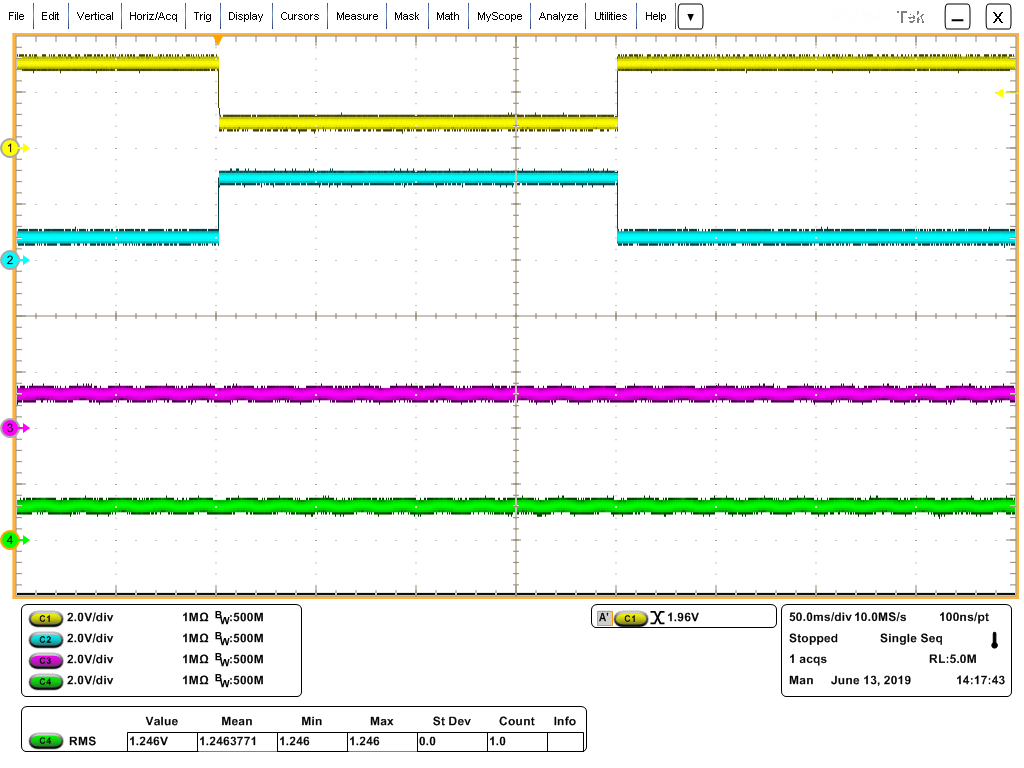Other Parts Discussed in Thread: ISO1430, ISO1410
Hello
My customer is using ISO 35T in the following circuit.
Primary Side is powered off.
RS-485 side is active and 1.2VDC is applied to Y and Z.
At this time, 0.5V is observed at the Vcc2 terminal.
・ Why is 0.5V generated?
・ Is ISO35T not working even if 0.5V is applied to Vcc2?
Best Regards,
Kaede Kudo


